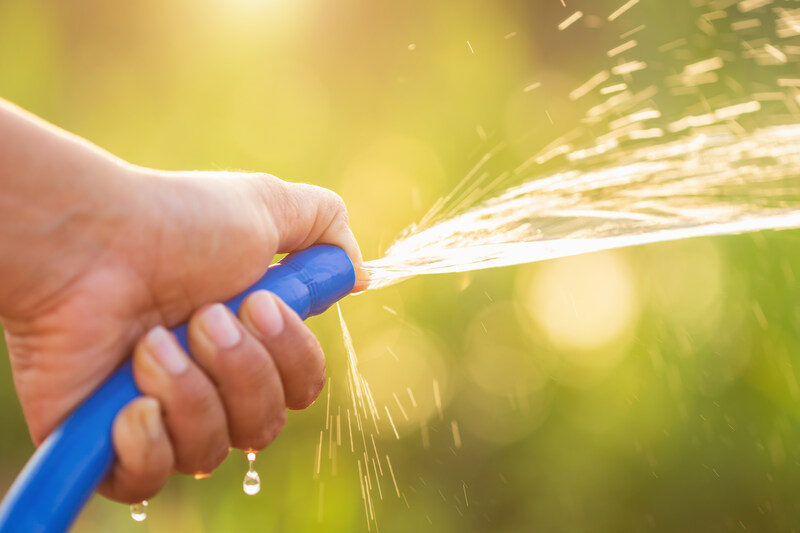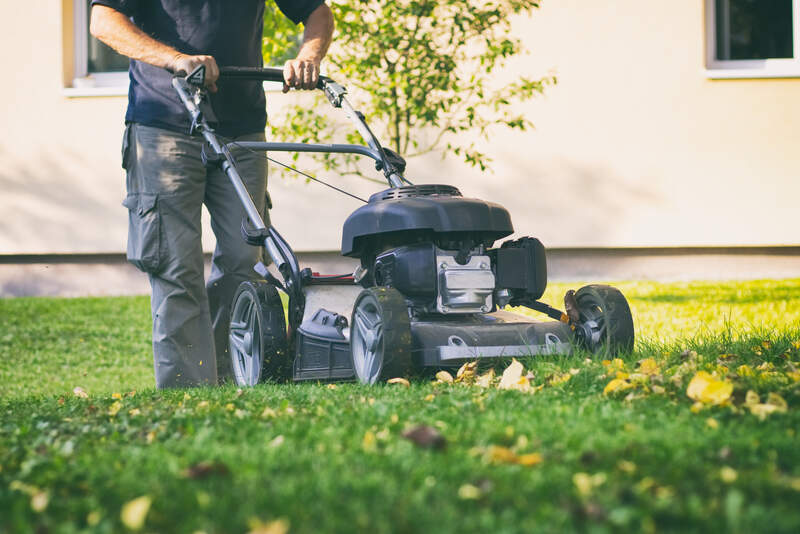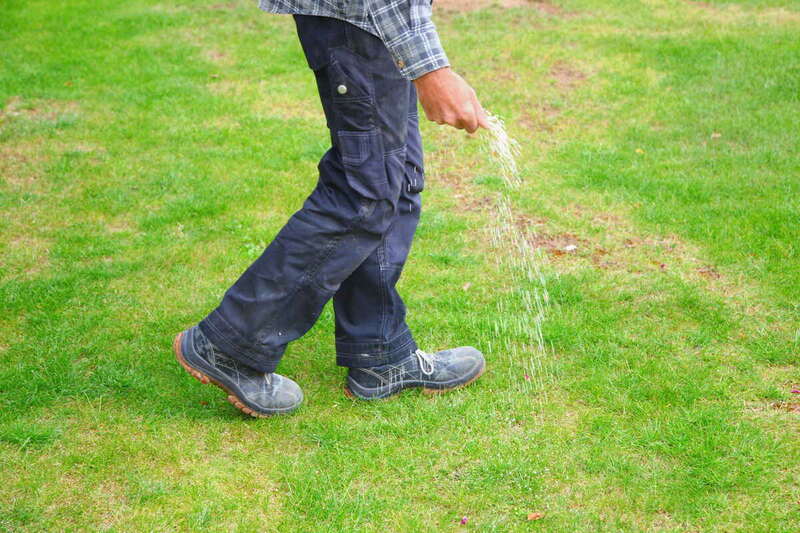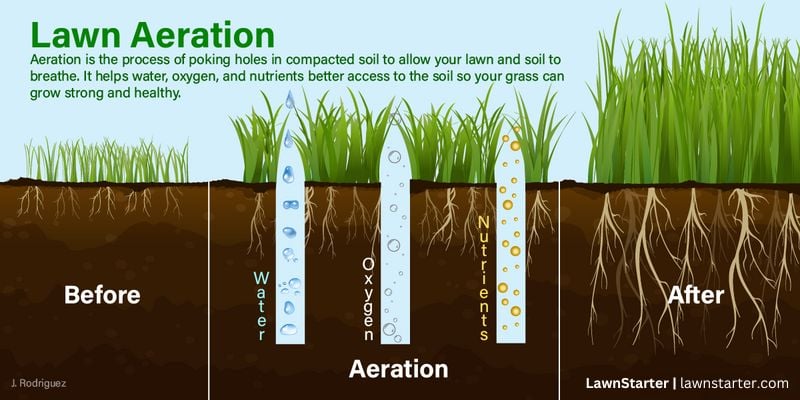
Many types of grasses thrive here in Greensboro, meaning lawn care routines can vary quite a bit from yard to yard. Still, a few essential spring lawn care tips for Greensboro homeowners apply no matter your grass type.
Spring is the time to give your lawn a strong foundation before the summer heat sets in. Whether you have cool-season or warm-season grass, tailoring your spring care will help your yard grow greener, healthier, and better prepared to withstand the warmer months ahead.


1. Water Wisely


No matter what type of grass you have in Greensboro, your lawn needs about 1 inch of water per week, either from rainfall or supplemental irrigation. Check the forecast and adjust your watering schedule accordingly — overwatering can lead to fungal diseases, shallow roots, and weed growth.
For best results, water early in the morning, when temperatures are cooler and less water is lost to evaporation. This gives your lawn time to absorb the moisture it needs while avoiding the risks that come with watering during the heat of the day or in the evening.
See Related:
— How Long Should I Water My Lawn?
— Signs of Overwatering Your Lawn
— Signs Your Lawn Needs Watering
2. Mow According to Your Grass Type


Mowing needs in Greensboro vary depending on whether you have cool-season or warm-season grass. Adjust your mowing schedule based on your grass type and its growth rate.
- Cool-season grasses (like tall fescue or Kentucky bluegrass) grow most actively in spring. Mow every 4 to 7 days during peak growth, but never remove more than one-third of the grass blade at a time.
- Warm-season grasses (like Bermuda or Zoysia) grow more slowly in spring. Mow every 7 to 14 days until growth picks up in summer.
Maintain the recommended mowing height based on your grass variety.
Whenever possible, mulch your grass clippings to return nutrients back into the soil. Avoid large clumps, as they can smother the grass underneath and lead to patchy growth.
See Related:
— Best Grass Seed for North Carolina
— How to Mow a Lawn the Right Way
— How to Mow Tall Grass In Your Lawn
— The Best Time to Mulch in North Carolina
3. Adjust Your Fertilizer Timing


Spring is a great time to fertilize your lawn in Greensboro, but the timing will depend on your grass type.
- For cool-season grasses, fertilize after March 15 when growth begins to pick up.
- For warm-season grasses, fertilize from March to May, but only after your lawn has fully greened up.
Before applying fertilizer, conduct a soil test. This will tell you exactly how much nitrogen (typically measured in pounds per 1,000 square feet) your lawn needs, helping you avoid over-fertilization and keeping your yard healthy all season long.
See Related:
— When (and How) to Fertilize Your North Carolina Lawn
— How to Fertilize Your Lawn
— When to Test the Soil pH of Your Lawn
4. Aerate Your Lawn


Lawns that experience moderate to heavy foot traffic or heavy clay soils may have issues with compaction. This creates a soil that is densely packed, which does not allow your grasses to receive needed nutrients.
In late spring (for warm-season grasses), use a core aerator on your lawn, and then simply rake the cores back into the lawn to redistribute the present nutrients. This should only be done about once a year unless foot traffic conditions require it.
Wait until fall if you have cool-season grasses.
See Related:
— What is Core Aeration?
— When and How Often Should You Aerate Your Lawn?
— How to Aerate and Overseed Your Lawn
DIY or Hire a Pro for Your Spring Lawn Care
Getting your lawn into shape this spring doesn’t have to be complicated — as long as you know your grass type and time your care routines right. And hey, it’s called Greensboro for a reason, you might as well make sure your lawn lives up to the name.
To learn more about how to have a stunning lawn, check out our Greensboro lawn care page. LawnStarter’s local lawn care pros can help with your spring lawn care tasks and they also mow grass, trim around fences and flower beds, and blow debris off sidewalks and driveways all through mowing season.
LawnStarter also has local lawn care pros in other North Carolina cities, including Charlotte.
Read More:
— Best Time to Mulch in North Carolina
— Most Common Weeds in North Carolina
— Summer Lawn Care Tips for North Carolina
— Best North Carolina Native Plants
Main Image Credit: Rhpotter / Wikimedia Commons / CC BY-SA 3.0
Maria Isabela Reis
Maria Isabela Reis is a writer, psychologist, and plant enthusiast. She is currently doing a PhD in Social Psychology and can’t help but play with every dog she sees walking down the street.







